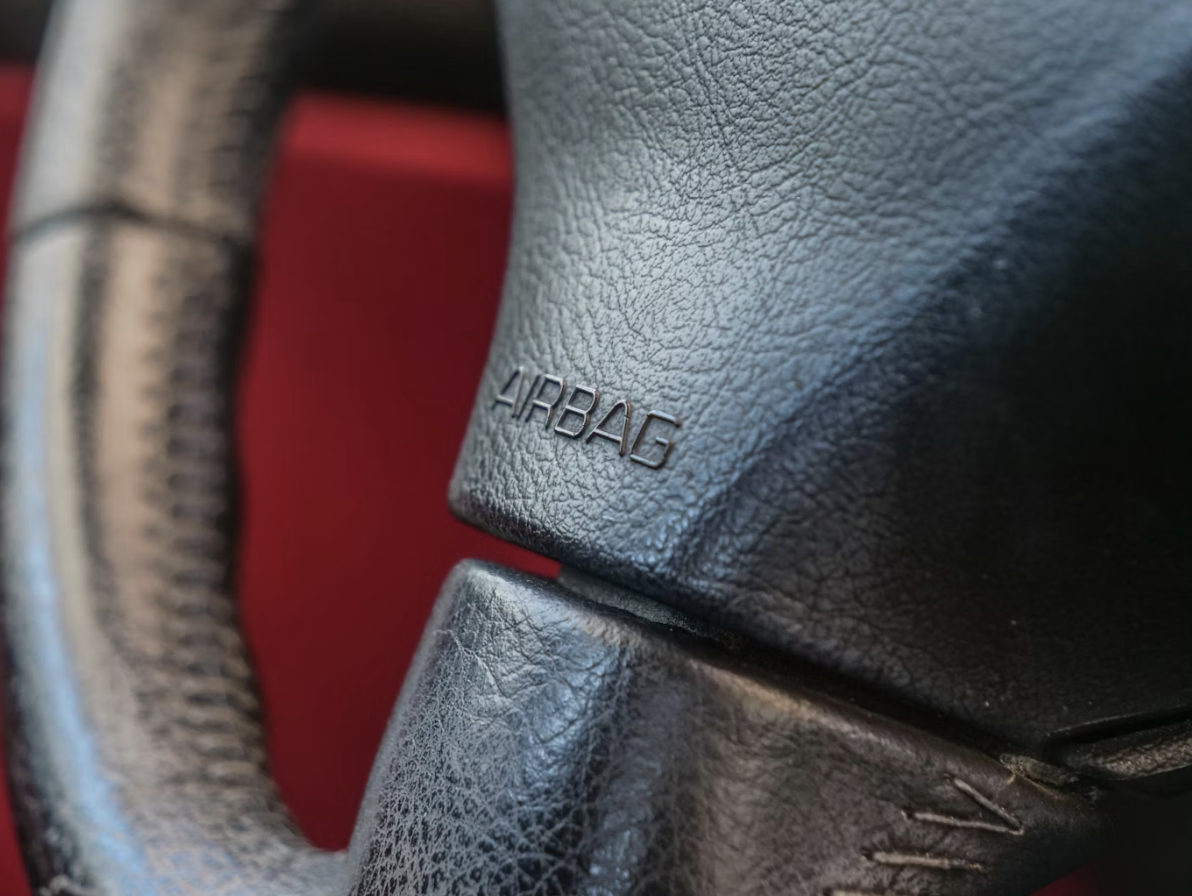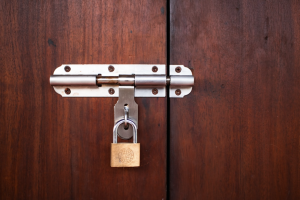Should You Buy New or Used? Family Car Upgrade Tips

Upgrading a family car can be both exciting and nerve-racking. The process often brings questions about budget, reliability, long-term value, and comfort. Many families reach a crossroads when deciding whether to buy a brand-new vehicle or a used one. Each option carries its own mix of advantages and drawbacks that depend on personal circumstances, driving habits, and financial plans. The right choice balances practicality with emotion, blending financial sense with the satisfaction of driving something that feels safe, reliable, and enjoyable for the whole family.
The Case for Buying Used
A used car often brings substantial savings right from the start. Depreciation hits new vehicles hardest in the first few years, which means a pre-owned model can cost far less while offering similar comfort and capability. Families can find well-maintained vehicles that still carry plenty of life and reliability. Choosing a used car can make higher trim levels or additional features accessible within a reasonable budget. When balancing between cost and quality, many families explore Ford models that are pre-owned, as they often maintain solid reputations for dependability, safety, and performance. Modern used cars frequently come with technology, style, and fuel efficiency that once required buying new. With thorough research, a careful inspection, and a trusted mechanic’s review, families can drive away confident that they have made a financially sound decision.
Why Some Families Choose New
A new car carries a sense of security that appeals to many buyers. There’s confidence in knowing the vehicle has never been driven by anyone else, the parts are untouched, and the warranty is fresh. Families often value the latest safety technology, better fuel efficiency, and improved environmental performance that come with newer models. Features like adaptive cruise control, blind spot detection, lane assist, and advanced infotainment systems can make everyday driving safer and more enjoyable.
Buying new also means freedom of choice. From selecting color and upholstery to choosing accessories and trim, families can personalize their car exactly how they want it. Maintenance costs are usually lower in the first few years, and there’s the comfort of predictable performance without surprises from previous owners. For some, that new car smell and peace of mind justify the higher price tag.
Understanding Total Cost of Ownership
When comparing new and used vehicles, focusing only on the purchase price can be misleading. The true financial impact includes insurance, maintenance, repairs, depreciation, fuel costs, and resale value. A new car might offer lower repair bills early on, but its value drops quickly once driven off the lot. A used car might save thousands upfront but could require more frequent maintenance.
Insurance is often a deciding factor. New cars can carry higher premiums because they are worth more and cost more to replace. Fuel efficiency and maintenance intervals also play into long-term budgeting. Families that prioritize affordability should calculate how each cost fits into monthly and yearly spending.
Safety and Technology Features
https://unsplash.com/photos/a-close-up-of-a-persons-jeans-DI5fFpN5i0g
Safety is often the top priority for families, particularly those with young children. New vehicles consistently integrate advanced safety systems that were once available only in luxury models. Features such as automatic emergency braking, collision warnings, pedestrian detection, and adaptive headlights can make daily driving far safer.
Used cars, depending on their age, may not include every modern safety feature, but that does not mean they are unsafe. Many models from the past five to seven years include robust safety technology and achieve high safety ratings. Researching crash test results, recall history, and reliability reports can give parents the reassurance they need.
Environmental and Fuel Considerations
Families today are more aware of their environmental footprint and fuel expenses. Newer vehicles tend to have better emissions control systems and improved fuel economy. Hybrid and electric options are more common than ever, offering the chance to reduce both running costs and environmental impact. Tax incentives and lower fuel bills can make new, efficient models appealing over time.
Used vehicles, though less advanced in this area, can still serve eco-conscious families well. Purchasing a used car keeps another vehicle on the road rather than contributing to the environmental toll of manufacturing a new one. Modern gasoline engines remain efficient, and a used hybrid can deliver strong fuel savings at a lower upfront cost.
Making the Right Choice for Your Family
The decision between a new or used car depends heavily on what matters most to each family. Those who prioritize cost savings and value retention may find a certified used car appealing. Families drawn to cutting-edge safety systems, improved fuel economy, and full warranties may lean toward a new vehicle.
Before making a final choice, it helps to assess daily driving needs, budget flexibility, and how long the car is expected to stay in the household. A family with young children might choose reliability and advanced safety features, while another nearing an empty nest might prefer affordability and lower monthly payments.
Choosing between a new or used car for a family upgrade involves weighing emotional satisfaction against financial logic. A used car offers immediate savings, reduced insurance costs, and the chance to buy a higher-quality vehicle within budget. A new car brings security, warranty protection, and the latest features that improve comfort and safety.






